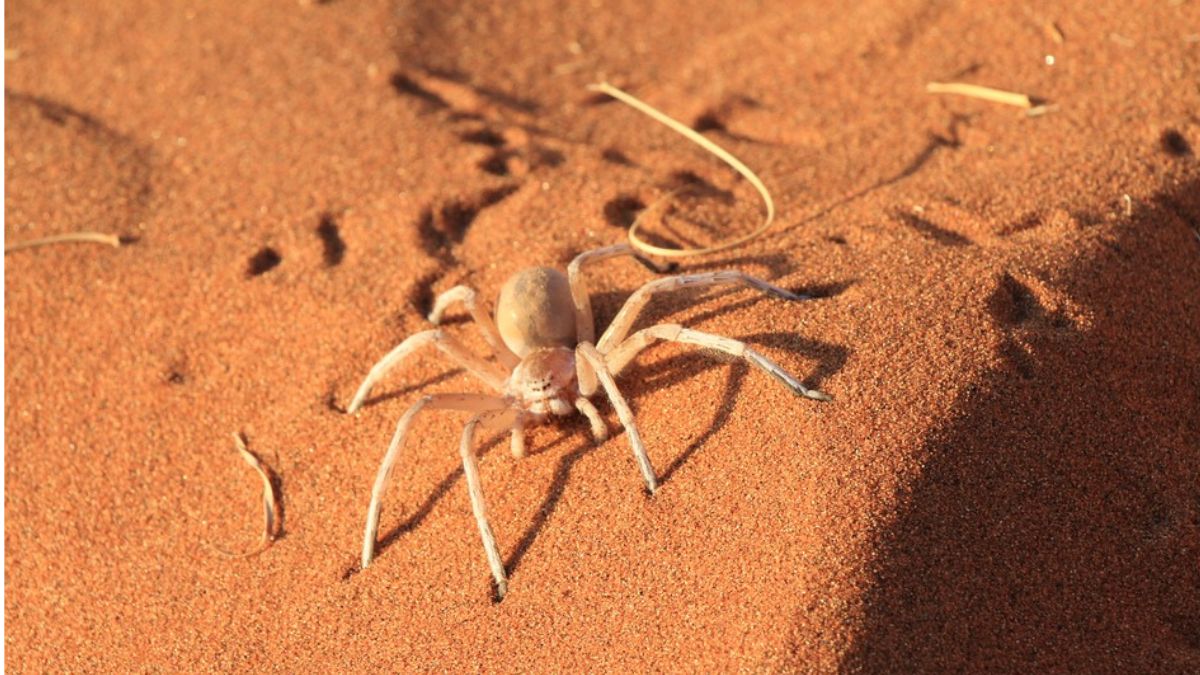Numerous tales and urban legends have been inspired by the camel spider, also called the wind scorpion or solifuge. Despite its reputation as a scary monster, the camel spider is actually relatively harmless. Here, we’ll learn all about camel spiders, from their habits and appearance to the myths that persist about them.
Overview and Classification
In the order Solifugae, camel spiders are represented by more than a thousand unique species. This class of arachnids, though sometimes lumped together under the umbrella term “spider,” is actually rather diverse and interesting. These spiders can be found in deserts all over the world, including in Africa, the Middle East, and even North America.
Appearance and Anatomy
The appearance of camel spiders is one of a kind. Their brown or tan coloring helps them blend in with the sand dunes where they live. The cephalothorax and abdomen make up the camel spider’s two main body segments. Their chelicerae are strong jaws that they utilize to capture and immobilize prey.
Size and Speed
The inflated size of camel spiders is a frequent urban legend. Most species are much less than 6 inches (15 cm), with lengths averaging between 2 and 3 inches (5 to 7.5 cm). They have exceptional running speeds for spiders, reaching up to 16 kilometers per hour (10 miles per hour).
Diet and Hunting
Opportunistic carnivores, camel spiders consume a wide range of foods. They do not consume either camels or humans, despite widespread assumption otherwise. The majority of their diet consists of arthropods, although they will also eat small vertebrates like rats and lizards. They are skilled hunters who use their keen senses of sight and hearing to track down and kill their prey.
Behavior and Adaptations
Several specialized features allow these spiders to thrive in the arid climate of the desert. One prominent adaptation is the ability to survive in both extremely hot and extremely cold environments. They have adapted efficiently to retain water, so they don’t need as much water as you might think they would given their dry environment.
Misconceptions and Urban Legends
Many false beliefs about camel spiders have circulated due to exaggerated stories and photoshopped images. They can’t, contrary to popular belief, run alongside moving automobiles. They don’t chase cars or camels, but rather seek shelter from the scorching desert sun.
Conclusion
Despite its frightening image, the camel spider is an interesting arachnid that helps keep desert ecosystems in check. Learning the truth about spiders and other arthropods is important for debunking common misconceptions and developing a deeper respect for these wonderful species. As a result, the next time you encounter a camel spider, you can appreciate it for what it is: an amazing species with remarkable adaptation rather than a real monster of the desert.











